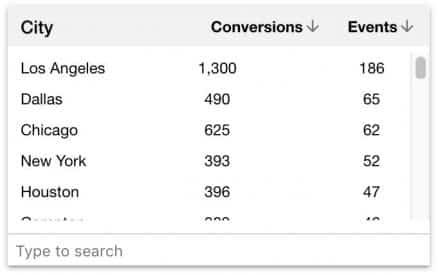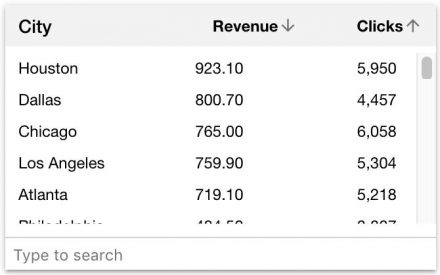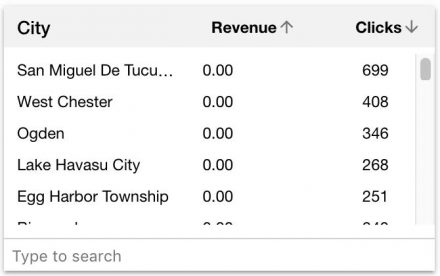There is no doubt that online shopping has become firmly entrenched in our daily lives. In fact, according to a recent poll by Marist College and National Public Radio (NPR), 76 percent of all adults in the United States shop online. Online shopping platforms have also opened a plethora of options far beyond the physical location of the shopper.
Consumers now have more shopping choices than they could have ever dreamed of and seem to gravitate toward brands providing a positive and pleasant shopping experience. And, with what seems to be shorter and shorter attention spans from consumers, teamed with fierce competition, retailers are faced with the need to quickly attract their attention, anticipate needs, and provide an engaging, seamless shopping experience.
ShopRunner, a unique subscription service that matches savvy online shoppers with top retailers and brands, decided to focus on developing an innovative ecommerce presence so its retail partners could stand out in the crowded online space. Key factors to reaching this goal included identifying customers’ locations and effectively leveraging data science to make the shopping experience more personalized.
Because the fashion industry is very heavily influenced by geography, the company’s retail partners were looking for help in accurately deciphering trending data to help them establish filters based on attributes to enhance the shopping experience and provide recommendations for shoppers’ specific areas.
Due to the need to accurately identify and leverage shoppers’ locations, the company made the decision to incorporate IP geolocation technology. To that point, the company selected NetAcuity® Pulse Plus which combines device-derived data with reverse-geocoding data to determine members’ geographic locations and provide that information to its retail partners. An added benefit was this information was gained in a non-invasive way.
“We sometimes know very little about our shoppers, but with location we have a starting point that enables us to empower our retail partners to provide a meaningful online experience for them,” said Michelangelo D’Agostino, vice president of data science and engineering at ShopRunner. “This requires extremely accurate data so we were in need of an IP geolocation provider who could ensure reliable data as well as ease of use.”
With the use of NetAcuity Pulse Plus data, ShopRunner now helps its retail partners determine shopping trends by more pinpointed locations, allowing them to adapt and present products to consumers on the fly, whether on a website or via a mobile app.
“Today, we are using trend data to drive product innovation as well as leveraging latitude and longitude data in large metro areas for better targeting,” said Ali Vanderveld, director of data science at ShopRunner.
Read the full case study to better understand the importance of using accurate IP geolocation data to help your retail company identify potential customers, enhance the online shopping experience, and help your brand stand out in the ultra-competitive digital marketplace.














